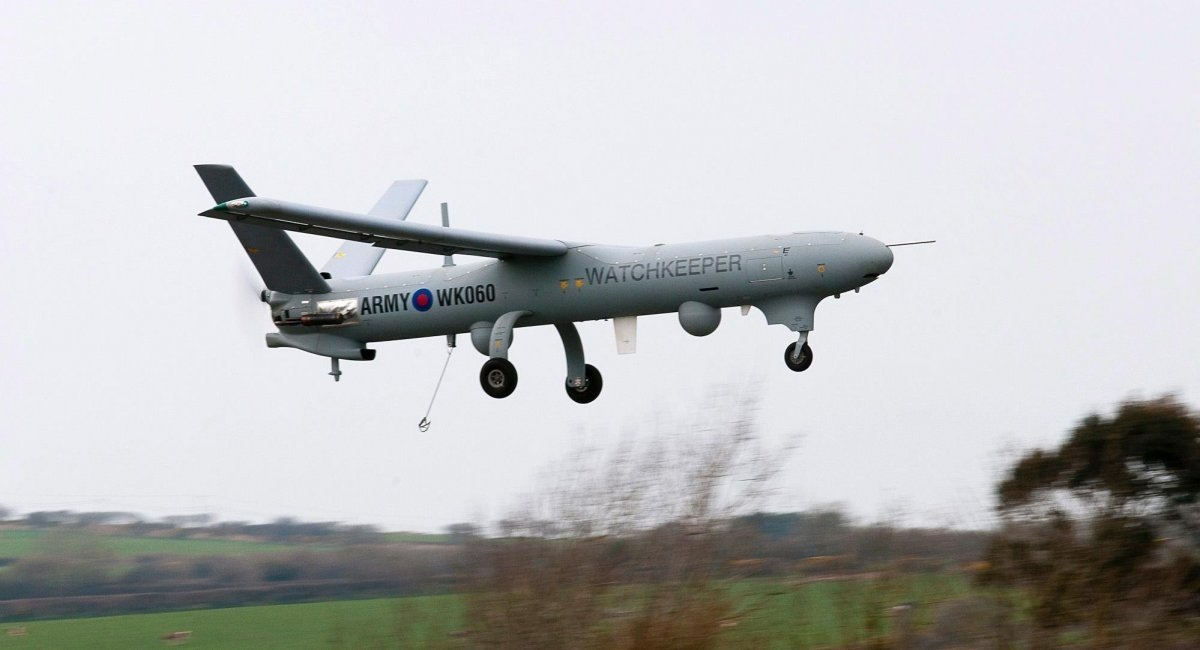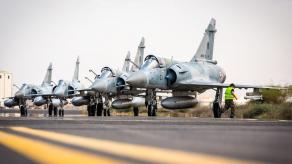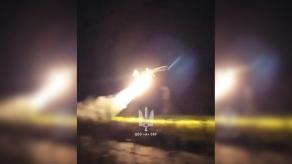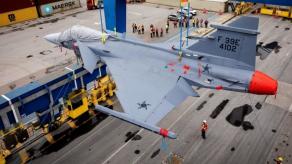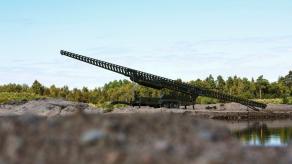Watchkeeper WK450 was a promising UAV project that ended in complete failure, draining £1.35 billion from the budget only to leave the United Kingdom military with every seventh drone lost and the remaining systems only 24% operationally ready. Having retired Watchkeeper after 7 years in service, the British Armed Forces started searching for a replacement in April 2025 to fill the void in aerial battlefield reconnaissance capabilities.
Against this background, experts from the British think tank RUSI (Royal United Institute for Defense Studies) suggested looking for non-standard ways out of the situation. For example, consider using high-altitude balloons or even launch low-orbit reconnaissance satellites. Interestingly, the experts cite the experiences of the Ukrainian and U.S. forces.
Read more: Ukraine Deploys World's First Drone-Based Air Defense: the Nemesis Regiment Downs 60 Shahed and Geran Drones in Two Months

In short, the key point proven by Ukrainians in their war against russia is that the effective cost of a modern reconnaissance drone should not exceed $200,000 per unit, so losing one would not be critical. In this paradigm, mass production is more important than high performance.
For the UK, however, it's not applicable, since it wants to have independent intelligence gathering capabilities in operational depth exceeding 50 kilometers beyond the enemy lines and not rely on the USA in that respect.
So, a logical solution might be a new long-range reconnaissance UAV, cheaper than Watchkeeper WK450 and with all technical issues fixed. But this is where it becomes a challenge because in terms of the cost/effectiveness ratio, traditional unmanned aerial systems lean heavily toward cost yet offer little effectiveness against an enemy with developed air defense.
The analysts give the following example: The United States has lost at least 15 MQ-9 Reaper drones in Yemen since late 2023, each priced at $30 million. In these conditions, the U.S. Air Force ULTRA drone, standing at the cost of $8.75 million apiece, appears like a cheaper alternative — but the UK military, with only a $173-million budget allocated to replace the Watchkeeper, would pale at the thought of losing 15 drones of comparable price (~$131 mln total) in missions.
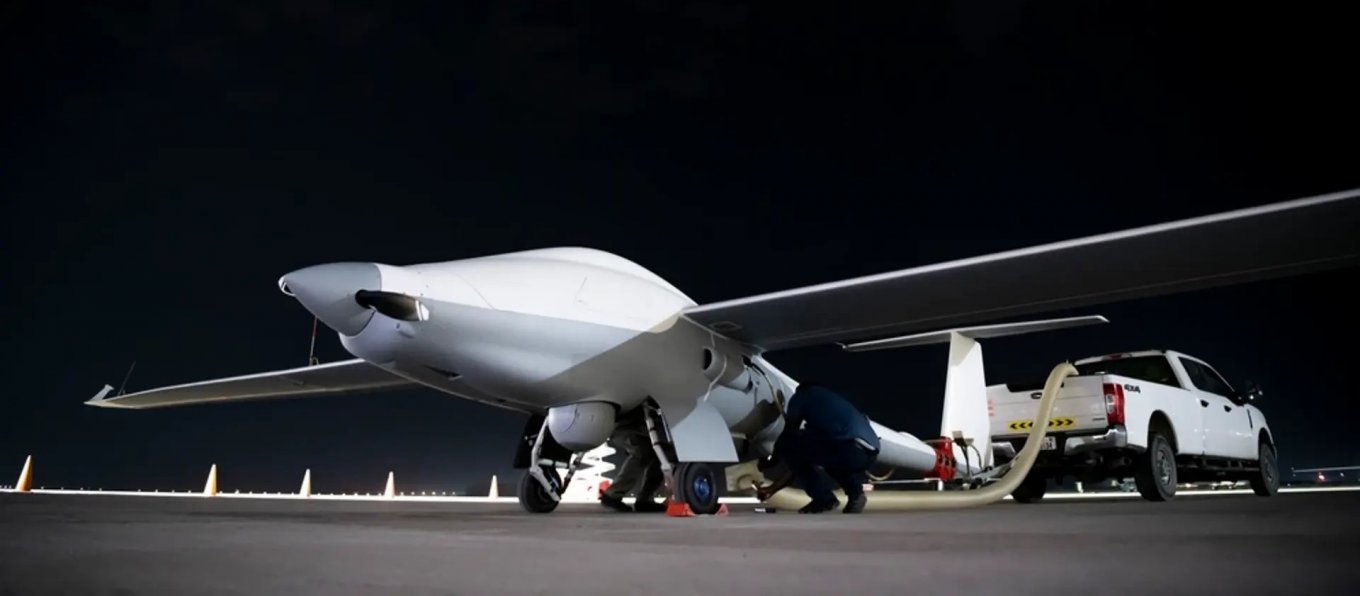
Alternatively, RUSI suggests that instead of purchasing classic long-range scout drones, the British Armed Forces would be better off taking a non-standard approach and consider using high-altitude balloons or low Earth orbit satellites for reconnaissance.
The logic of the proposal is simple: shooting down such aircraft requires the adversary to have very special-type air defense systems, hence the UK forces would have less concerns about losing on the cost/effectiveness ratio.
Read more: Patriot's New Radar Costs $130 Million Apiece, First Units Soon to Arrive in U.S. Forces



